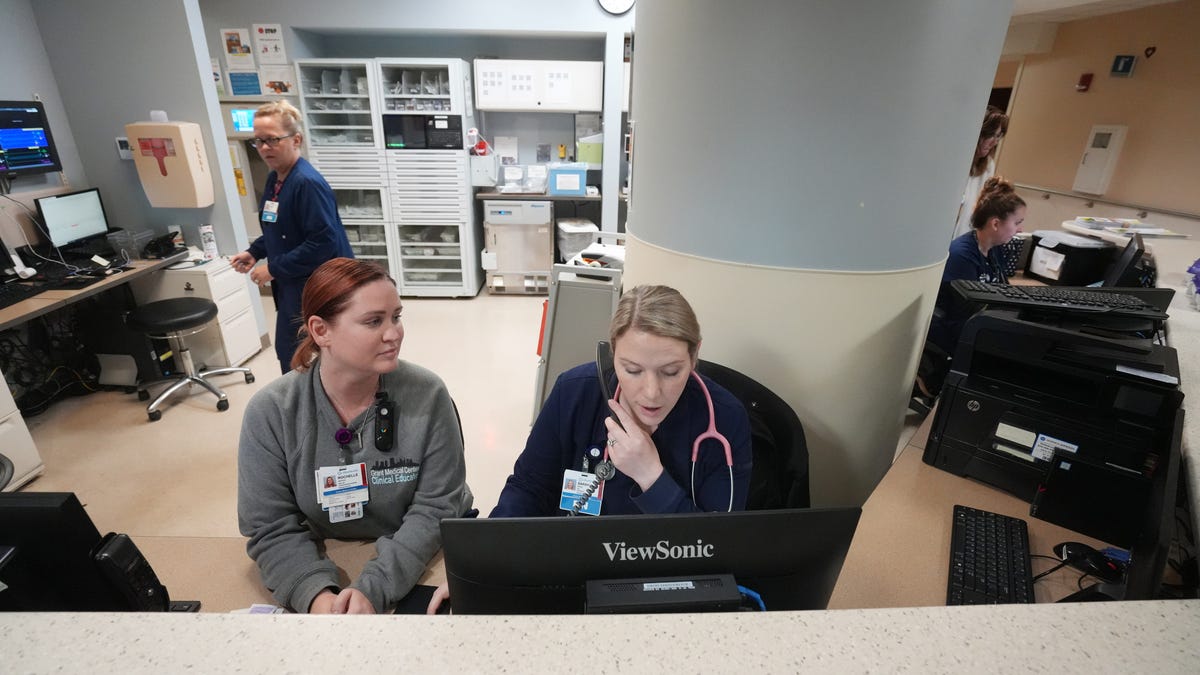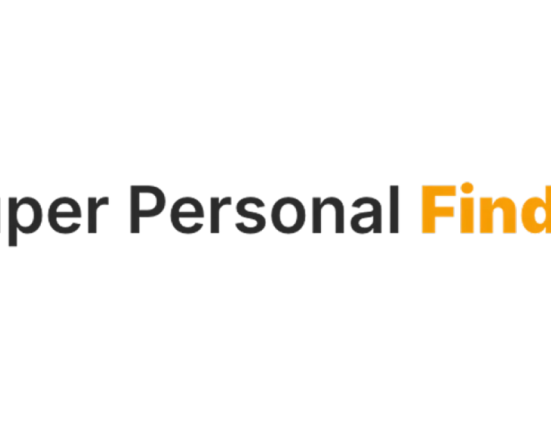
Top headlines of the week, July 4 2025
Here are some stories you may have missed this week in central Ohio.
Dispatch
- OhioHealth partners with Clasp to offer student loan repayment for future health care workers.
- The program aims to address staffing shortages and rising student debt in the health care industry.
- This initiative complements OhioHealth’s existing efforts to expand the health care workforce pipeline in central Ohio.
OhioHealth is among several national health care systems committing more than $100 million to address rising student debt among health care professionals and clinical staffing shortages through a new retention and recruitment platform.
The program, designed by financial technology student loan lender Clasp, aims to widen the pipeline for students interested in health care and partner them with hospital networks. Under the program, health care employers agree while students are still in school to help pay their student loans after they become employees.
“Talent shortages in health care are growing to such dramatic numbers that something has to give,” Clasp CEO Tess Michaels told The Dispatch. “The vast majority of health care roles needs an education to participate. So how do you better connect education to employment?”
Typically, employers offer sign-on bonuses for in-demand jobs or student loan repayment as a benefit after an individual is hired and commits to working there for a set period of time. Michaels said Clasp’s model “flips the script on traditional student loan benefits” by connecting hospital systems with students before they graduate.
“You’re showing them that you’re investing in a way that is impactful,” Michaels said. “We want more people to enter health care, not reshuffling people already in the industry.”
OhioHealth is one of several health care systems nationwide announcing partnerships with Clasp, including Boston Children’s Hospital, Memorial Sloan Kettering, MyEyeDr., Northwestern Medicine and Novant Health, as well as national veterinary group VCA Animal Hospitals.
Clasp’s program allows employers like OhioHealth to commit early to future workers and defer actual repayment of student loans until after retention milestones. Noe Arceo, OhioHealth’s vice president of talent acquisition and workforce development, said he’s never seen a program like Clasp’s in the 20 years he’s worked in the industry.
“We’re always looking for innovative new ways to bring people into the fold,” Arceo said.
The partnership between Clasp and OhioHealth will first be available to radiation technicians and respiratory therapist students, with plans to eventually include certified registered nurse anesthetists.
OhioHealth will cover up to $30,000 of a student’s loans over three years as long as the individuals commit to staying in the network during that time, Arceo said. Clasp pays for the student’s loan up front and gives OhioHealth an invoice for the payment.
Arceo said the partnership with Clasp aligns well with work OhioHealth is already doing to grow its pipeline.
In June 2023, OhioHealth and Columbus State Community College announced a $125 million partnership to double the number of health care graduates in the region over the next decade in five fields: nursing, surgical technology, medical imaging, respiratory therapy and sterile processing. An Aspen Institute report at the time predicted that central Ohio will need 9,000 additional health care workers by 2028, about a 22% increase, to meet demand for the region’s population growth and aging seniors.
A growing need for health care workers comes as the Trump administration is making big changes to the federal student loan program. A new provision in the sweeping domestic policy bill signed into law by President Donald Trump on July 4 will make it harder for some students to finance their education.
The law now caps the amount of federal loans students can borrow for graduate school to $20,500 a year, with a total limit of $100,000. It also cap loans for professional programs — like medical, physical therapy or occupational therapy — at $50,000 a year, with a total limit of $200,000. The average medical school graduate in the U.S. owes $243,483 in total educational debt, premedical debt included, according to the Education Data Initiative.
The bill also sets a $65,000 cap on Parent PLUS loans, an unsubsidized loan program offered to parents supporting dependent undergraduate students, and eliminates a program called Grad PLUS, which was designed to help more people attend graduate and professional programs and borrow up to the full cost of attendance.
Michaels said these changes create more barriers and funding gaps for students hoping to enter health care.
“The Big, Beautiful Bill amplifies how crucial this is,” she said.
Arceo said OhioHealth plans to start working with students already enrolled in programs and entering college, but the hospital systems wants to expand the program into high schools and STEM programs soon to help guide younger students into the industry. Interested students can learn more and sign up on Clasp’s website.
Higher education reporter Sheridan Hendrix can be reached at shendrix@dispatch.com and on Signal at @sheridan.120. You can follow her on Instagram at @sheridanwrites.







